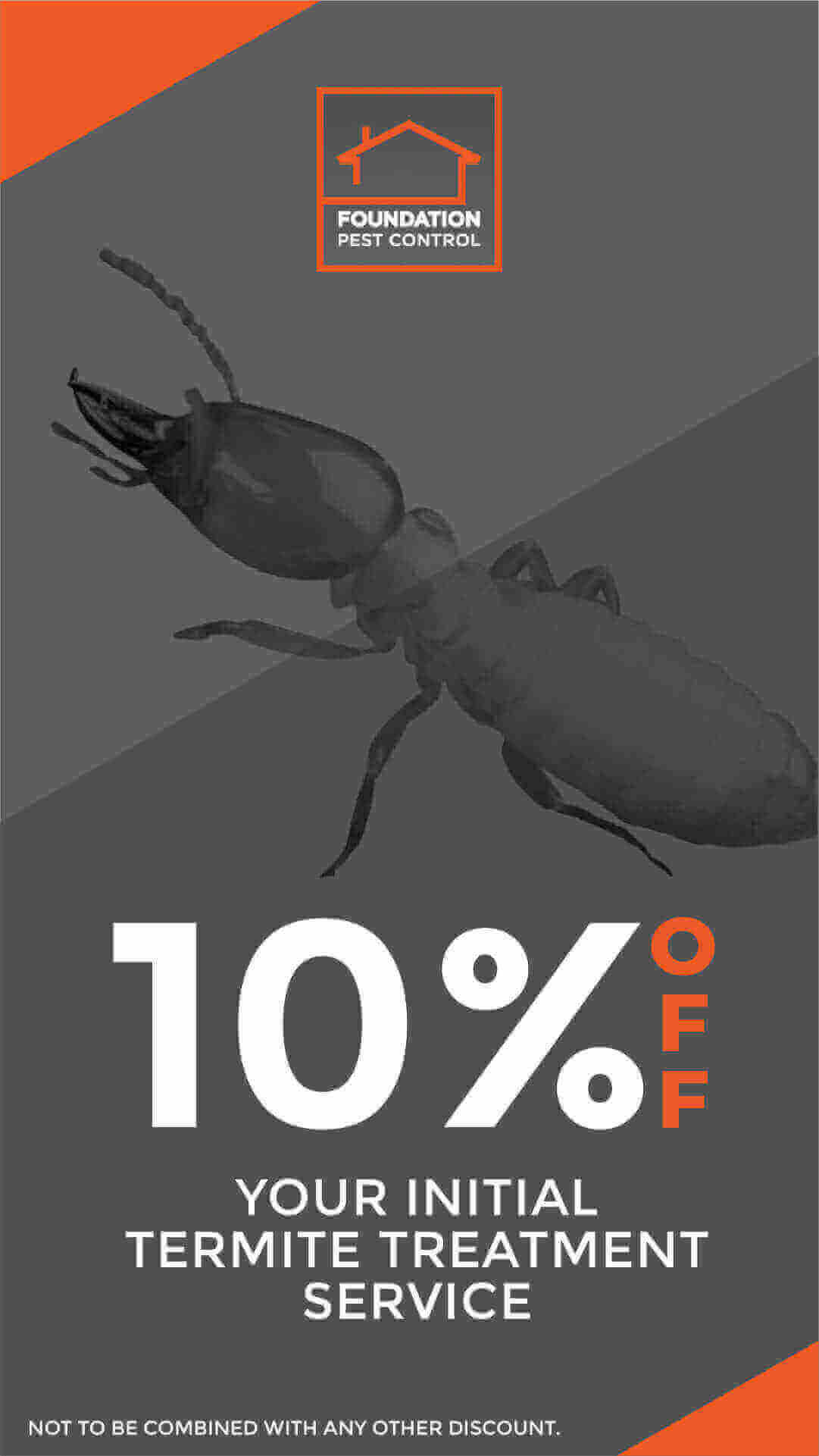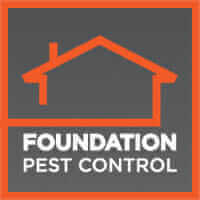Rats

Foundation Pest Control offers expert pest management solutions for homes and businesses in Memphis and surrounding areas. Serving our community with eco-friendly treatments, we ensure a pest-free environment using advanced technology and personalized service. Trust us for efficient, reliable pest control in Memphis, Arlington, Lakeland, Germantown, and Collierville.
Info About Rats
Rats are large rodents that can be found living in homes and other buildings across the United States. They usually live in dark, secluded places such as attics, basements, and crawl spaces where they feed on items with high cellulose content such as cardboard boxes, insulation materials and fabrics. Rats pose a serious health risk due to their ability to spread diseases like Hantavirus or Salmonella so it’s important to act quickly if you think your home has been invaded by rats! Our team of experienced technicians can inspect your home thoroughly in order to identify the source of the problem before developing an effective treatment plan tailored just for you.
We use only premium-grade products designed specifically for rat control – no matter how stubborn or persistent the infestation may be we have what it takes to get rid of them once and for all! Additionally, our team will provide helpful tips on how best to maintain your home after treatment so that rats don’t become a problem again down the line. Contact us today if you want fast, reliable pest control services from one of the top companies around!

